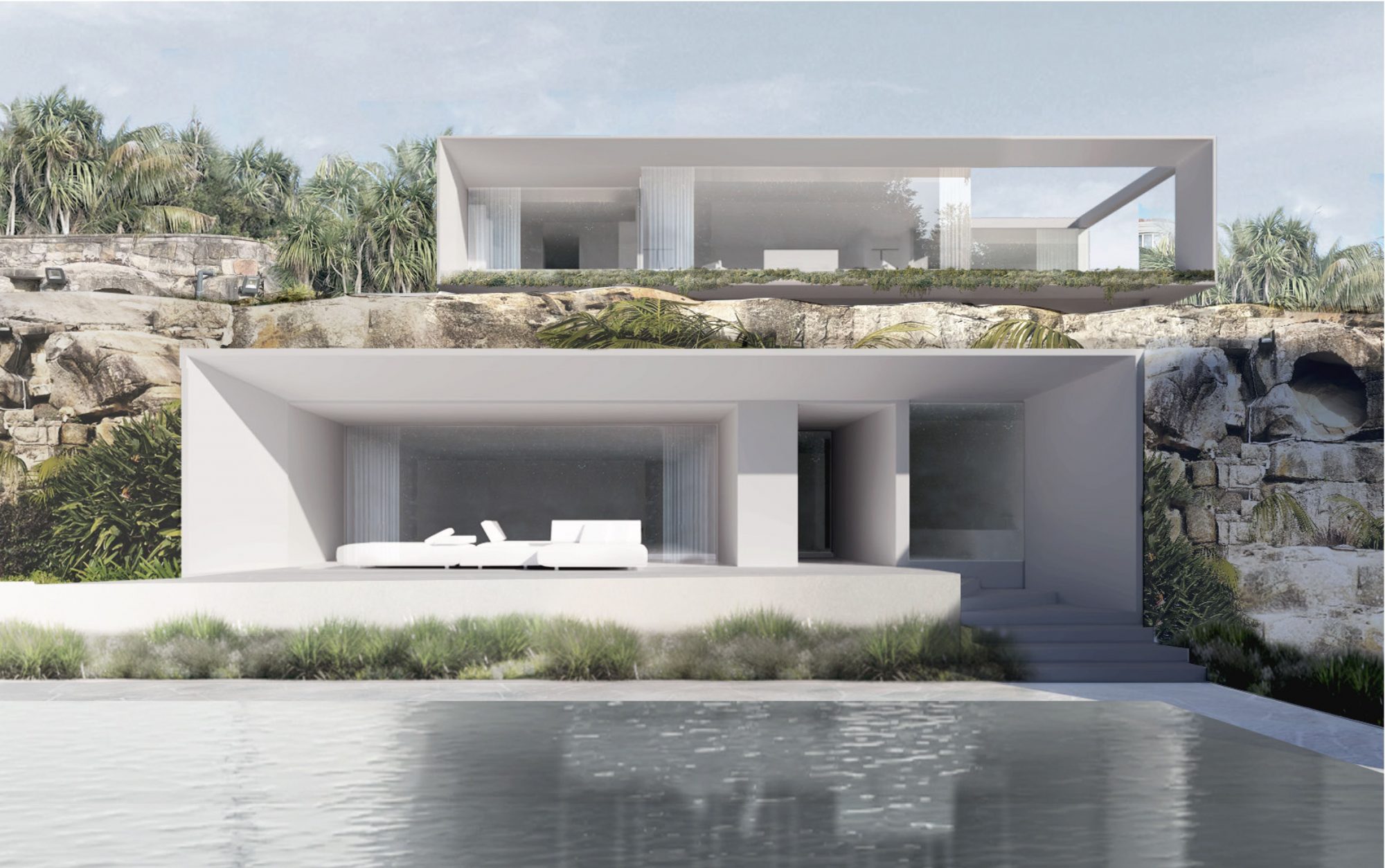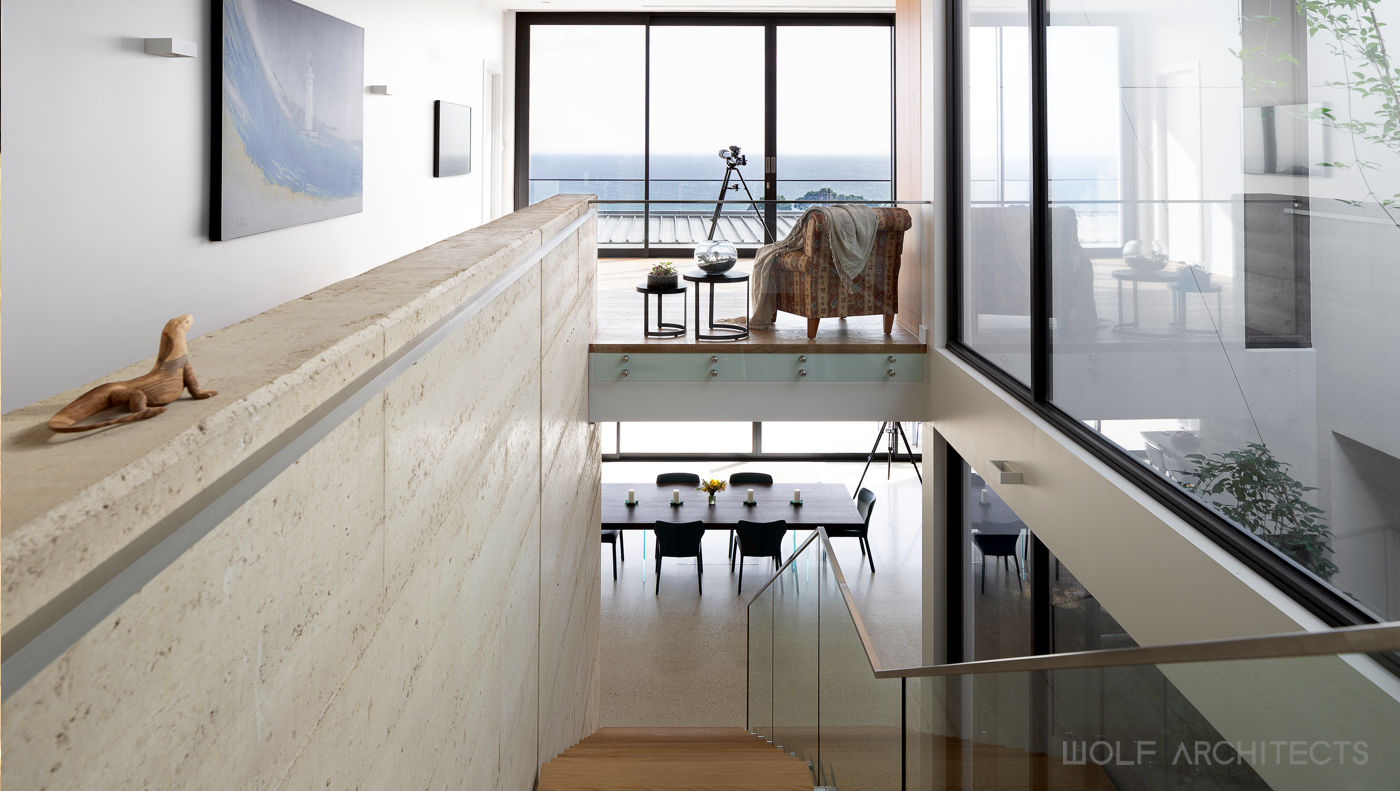Transform Your Home with the Expertise of Leading Residential Architectural Firm
Top Fads in Residential Architecture You Must Learn About
As household design continues to develop, numerous engaging trends are shaping the means we create and populate our living rooms. Key growths such as sustainable building practices, the integration of clever home technology, and the surge of modular homes underscore a considerable shift towards both capability and environmental responsibility. Additionally, principles like open strategy living and biophilic design are redefining our communication with room and nature. Comprehending these patterns not only notifies style choices but also exposes more comprehensive implications for way of life and community - residential house architect. What might these innovations indicate for the future of residential living?
Sustainable Structure Practices
A raising variety of property projects are embracing lasting structure practices, driven by an expanding recognition of ecological effect and energy performance. This shift is defined by the assimilation of environment-friendly products, energy-efficient styles, and ingenious building approaches. House owners and builders are increasingly prioritizing the usage of renewable resources, such as bamboo and recycled steels, which not just lower the carbon footprint yet additionally improve the resilience and visual charm of residential or commercial properties.
Incorporating energy-efficient systems is another essential aspect of sustainable structure - residential house architect. Features such as high-performance insulation, energy-efficient home windows, and solar panels are coming to be criterion in brand-new domestic designs. These elements not only add to lower power usage yet also give considerable long-term cost savings for home owners
Additionally, the design of sustainable homes frequently stresses natural light and air flow, lowering the reliance on man-made lighting and climate control systems. Landscape design methods, such as xeriscaping, more promote sustainability by reducing water usage.
As the need for lasting living services remains to increase, the household architecture field is positioned to innovate and adjust, making sure that future homes are not just eco accountable yet likewise comfortable and practical for their residents. - residential house architect
Smart Home Modern Technology
Smart home technology is changing the means homeowners interact with their home, enhancing security, energy, and benefit administration. This cutting-edge technique integrates various gadgets and systems, permitting individuals to manage their homes from another location or via automated procedures. Central to this fad is making use of smart devices such as thermostats, illumination, protection electronic cameras, and home appliances, all attached using the Internet of Points (IoT)
One of the most attractive features of clever home modern technology is the ability to tailor settings for optimal power efficiency. Home owners can monitor power usage and readjust heating, air conditioning, and illumination based upon their regimens, significantly reducing energy prices. Furthermore, sophisticated security systems equipped with smart locks and monitoring cameras provide assurance, enabling remote surveillance and signals to possible security violations.
Assimilation with voice-activated assistants improves customer experience, allowing house owners to regulate devices with easy voice commands. As innovation continues to evolve, the possibility for wise home systems to enhance quality of life expands, making them an essential factor to consider in contemporary domestic style. Ultimately, wise home innovation is not merely a fad but an essential change towards more smart living environments.
Open Principle Living
Open up principle living has arised as a specifying function in modern household style, identified by the removal of conventional obstacles in between rooms. This style ideology promotes fluidness and connectivity within the home, allowing for a seamless shift in between locations such as the kitchen, dining, and living spaces. By eliminating dividers and wall surfaces, open principle formats create a sense of spaciousness, promoting an inviting environment that improves social communication.

Furthermore, this approach to property design straightens with minimalism, concentrating on useful simplicity and visual comprehensibility. Property owners value the convenience of these designs, which can be easily adapted to mirror personal design with furnishings plan and design. As open principle living continues to acquire grip, it remains a testimony to evolving family characteristics and the need for homes that improve connection and comfort.
Biophilic Design
Biophilic style has actually become progressively substantial in household architecture, highlighting the innate link in between humans and nature. This design viewpoint looks for to incorporate learn this here now natural components right into living rooms, thus promoting a sense of health and boosting the lifestyle for Discover More owners. By including attributes such as natural light, plant life, and natural products, biophilic style advertises a harmonious partnership in between interior settings and the environment.
Trick elements of biophilic layout consist of large windows that offer unhampered views of exterior landscapes, living walls that present plant right into insides, and open layout that motivate air flow and all-natural light infiltration. Water functions, both within and outside the home, offer to develop soothing atmospheres and enhance sensory experiences.
In addition, making use of lasting materials not only supports ecological stewardship yet additionally adds to much healthier interior air high quality. As understanding of environmental problems boosts, homeowners are significantly prioritizing designs that mirror their link to nature. Basically, biophilic layout not only boosts visual allure yet also addresses mental and emotional requirements, making it an essential trend in modern property architecture.
Modular and Prefab Residences

Additionally, modular and prefab homes are developed with sustainability in mind. Lots of suppliers use green products and energy-efficient systems, such as photovoltaic panels and progressed insulation strategies, adding to lowered power usage and reduced energy costs for home owners. The flexibility of design alternatives allows for modification, satisfying diverse aesthetic preferences and practical demands.
As the need for inexpensive housing remains to climb, prefab and modular homes provide a feasible service, resolving both financial and environmental challenges. Neighborhoods are progressively recognizing the potential of these structures, integrating them right into metropolitan and rural settings. Overall, the pattern toward prefab and modular homes represents a change toward more sustainable, effective, and adaptable living settings, making them an essential aspect of modern domestic style.
Verdict
Finally, the developing landscape of domestic architecture showcases substantial trends that prioritize sustainability, wellness, and technology. Lasting building methods and clever home modern technologies enhance effectiveness and convenience, while open idea living and biophilic layout foster social communication and a connection to nature. The rise of prefab and modular official site homes provides customizable and inexpensive solutions, showing a broader change towards functional and liable living. These trends collectively highlight a commitment to creating cutting-edge and harmonious domestic atmospheres.
Trick growths such as lasting building practices, the integration of smart home modern technology, and the surge of modular homes underscore a substantial shift towards both functionality and environmental responsibility.The rise of modular and prefab homes has transformed the property design landscape, offering innovative solutions for efficient and lasting living.In addition, prefab and modular homes are developed with sustainability in mind. In general, the fad towards prefab and modular homes indicates a change toward more lasting, effective, and adaptable living settings, making them a pivotal facet of modern domestic style.
Lasting building practices and smart home modern technologies improve efficiency and ease, while open principle living and biophilic style foster social interaction and a connection to nature.